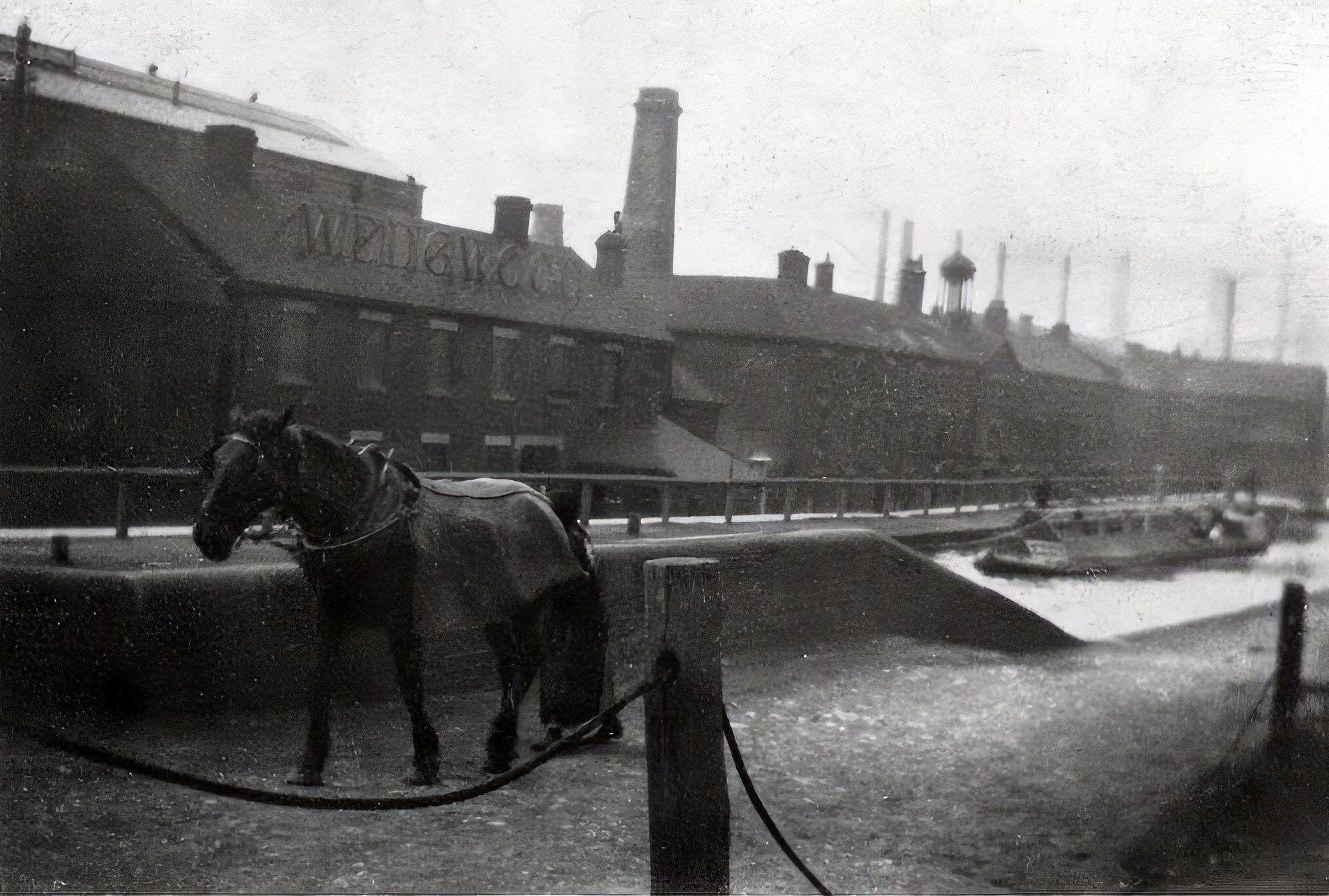Stoke-on-Trent is buzzing with excitement, and why wouldn’t it be? Our beloved city is turning 100 years old as an officially recognised city. It’s been a full century since Stoke-on-Trent gained city status in 1925, and this week locals are coming together in celebration. From schoolchildren crafting centenary cards to shops hanging bunting in the six towns, there’s a palpable pride in the air. For us Stokies, this centenary isn’t just a date on the calendar, it’s a milestone that resonates deeply. It’s about who we are, where we’ve come from, and where we’re headed next. In this uplifting look at our city’s big birthday, let’s explore why the centenary matters so much, reflect on the journey from six little towns to a city of culture, and look ahead with hope (and just a pinch of healthy nostalgia)..
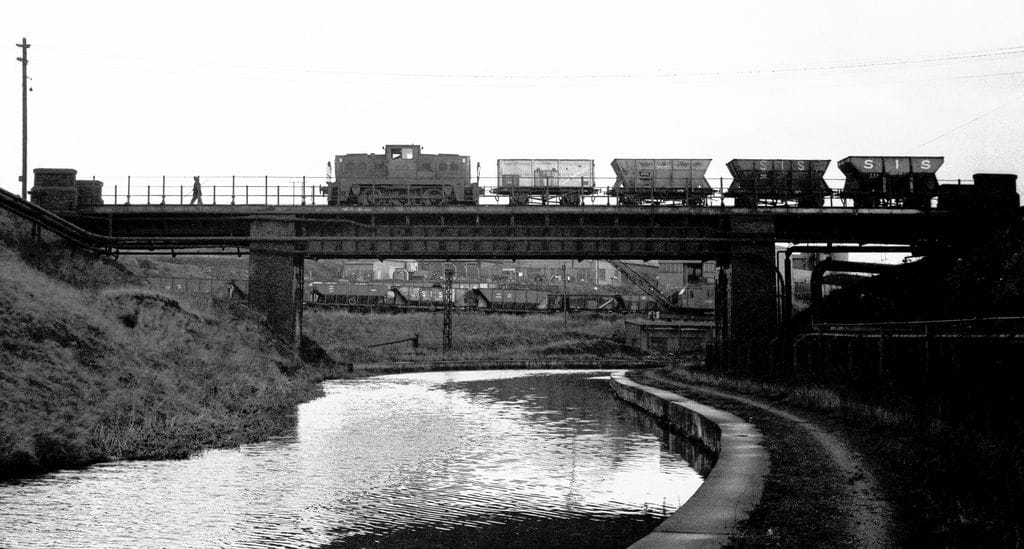
Why the Centenary Matters to Locals
Turning 100 is a big deal for anyone, and it’s a huge deal for a city that wears its heart on its sleeve like Stoke-on-Trent. This centenary is important to locals for many reasons. First, it’s a celebration of our unique identity. Stoke-on-Trent isn’t just anywhere, it’s the Potteries, a place world-famous for china and ceramics, graft and creativity. By marking 100 years of city status, we’re honouring the generations of workers and innovators who put our city on the map. Second, the centenary is a chance for togetherness. Throughout 2025, community events are bringing people from all corners of Stoke-on-Trent together, reinforcing that warm, friendly spirit we’re known for. The city council has even declared 5 June 2025 as the first ever Stoke-on-Trent Day, an annual day to celebrate our “rich history, vibrant culture and unique identity”. How great is that? It means every year going forward, we’ll pause on that date to remember what makes our city special.
Finally, this anniversary matters because it’s sparking pride and positivity. Let’s face it, Stoke-on-Trent hasn’t always got the recognition it deserves. We’ve had our share of challenges, economic ups and downs, changing industries, and sometimes outsiders underestimate us. But seeing thousands of locals turn out with flags and smiles to celebrate 100 years proves that we believe in our city. It’s like a collective birthday party where everyone feels included. Old family stories about “the good old days” are being shared alongside fresh hopes for the future. For locals, the centenary is both a trip down memory lane and a confident statement: Stoke-on-Trent is proud of its past and optimistic about its future.
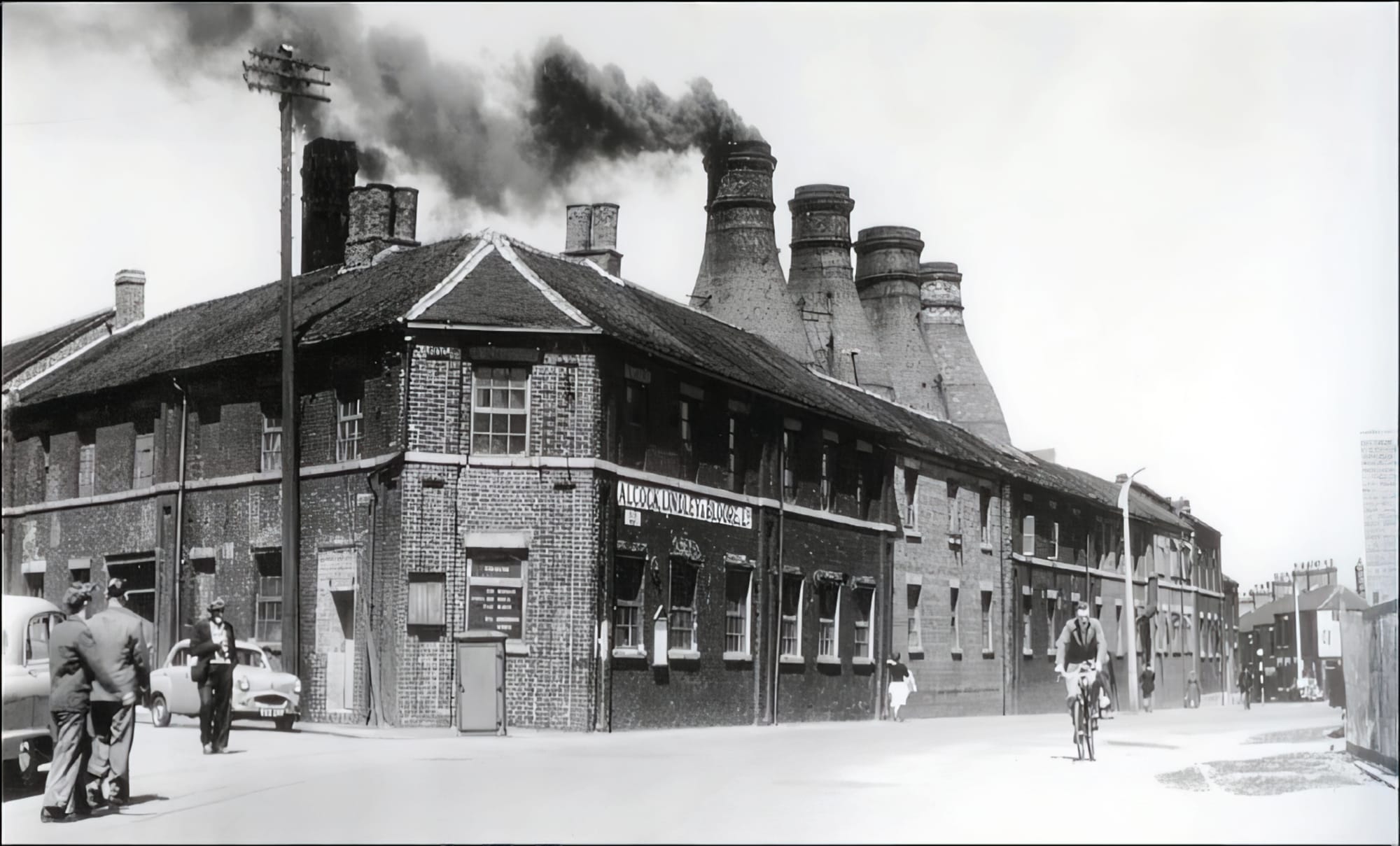
From Six Towns to a City: How 1925 Made History
To appreciate this centenary, we need to rewind to the early 20th century, a defining era for our area. Back then, Stoke-on-Trent wasn’t a single city at all, but rather six separate towns, Tunstall, Burslem, Hanley, Stoke, Fenton, and Longton, each with its council and identity. (You’ve heard of novelist Arnold Bennett’s “Five Towns”? He cheekily left out Fenton, but we won’t make that mistake here!) These towns together formed what we call “the Potteries,” home to the booming ceramics industry. By 1910, local leaders saw that joining forces would make the area stronger and more efficient, so the six towns federated into one borough. It took a lot of wrangling (legend has it the negotiations took decades), but cooperation won the day, a lesson in unity that still inspires us.
Even after the federation of the Potteries, however, Stoke-on-Trent wasn’t officially a city yet. City status in those days was a special honour, not automatically given. The first application Stoke-on-Trent made for city status was rejected by the Home Office because our population was below 300,000, the usual threshold at the time. (Can you imagine the disappointment? We were a big deal in the industry, but on paper, we were too small!) Not to be deterred, our civic leaders took a different approach: they appealed directly to King George V. Fortunately, the King was well aware of what the Potteries contributed to Britain. Our city was the global centre of pottery production, synonymous with fine china and ceramics exported worldwide. Recognising this, King George V personally intervened and granted Stoke-on-Trent city status on 5 June 1925, praising the area’s considerable contribution to the pottery industry. In other words, our city was born not just out of clay and coal, but also out of royal respect for our hard work and innovation.
Think about how thrilling that must have been in 1925, a royal proclamation putting Stoke-on-Trent on equal footing with the great cities of the realm! Local newspapers of the time reportedly rejoiced, and communities across all six towns celebrated together as one city for the first time. We didn’t have a grand cathedral or 300,000 people, but we had something uniquely “Stokie”, an industrial might and cultural heritage that even the King couldn’t ignore. That moment 100 years ago still echoes today in our pride. Every time you see a vintage “Made in Stoke-on-Trent” backstamp on fine china or walk past the grand buildings built with city status confidence, you’re feeling the legacy of 1925.

Royal Recognition: Then and Now
City status in 1925 came with a royal seal of approval, literally from King George V’s hand. Fast forward to 2025, and once again, royalty has cast a kindly eye on Stoke-on-Trent during our centenary celebrations. King Charles III, our current monarch (and grandson of George V), has shown a genuine interest in what’s happening here. In fact, during the centenary week, the King has been visiting Staffordshire and hinted that he “must visit Stoke-on-Trent again very soon”, a sentiment that has delighted locals, if not sent us scrambling to tidy up for a royal visit! It feels fitting that exactly 100 years after one King put us on the map, another is recognising our city’s importance in his own way.
The royal attention isn’t just ceremonial; it carries real meaning for Stokies. Many here still remember when, in years past, then-Prince Charles helped rescue our beloved Middleport Pottery in Burslem. (He truly has a soft spot for the Potteries, and we have a soft spot for him because of it.) When Middleport, one of the last working Victorian potteries, was on the brink of closure, Prince Charles’s charity stepped in and spearheaded a £9 million restoration to secure its future. That was about a decade ago, and today Middleport is thriving, producing beautiful Burleigh ware, providing jobs, and serving as a living heritage museum. It’s a shining example of how combining respect for history with a vision for the future can revitalise our city. So if King Charles visits during the centenary, locals will see a full-circle moment: the monarchy that honoured Stoke-on-Trent in 1925 is still supporting and celebrating us in 2025. It’s a reminder that our city’s story is woven into the national story.
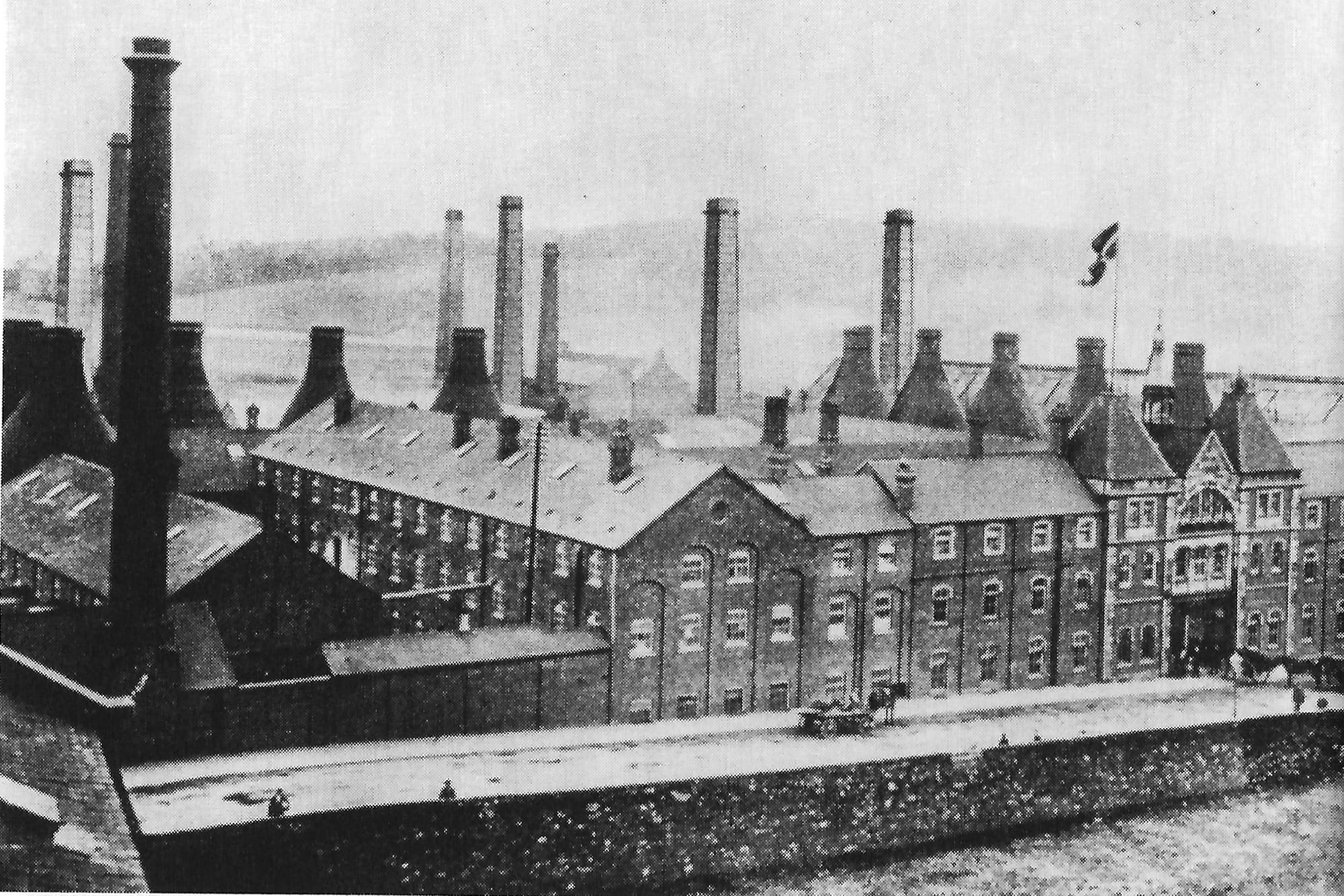
History as Identity: Learning from Our Past
One of the most uplifting parts of this centenary is how it’s prompting us to reflect on the rich history that shapes our local identity. Stoke-on-Trent’s past isn’t just something in dusty books, it’s alive in our everyday lives. We are quite literally built on our history here. Our city was built on the coal and clay in the earth beneath us, fuelling the industries that built modern Stoke-on-Trent. Those industries (pottery, coal mining, steel works) also built a character in our people: hard-working, practical, innovative, and community-minded. Ask any Stokie and they’ll tell you that our accent, our sense of humour, even our famous hospitality (“Ay up, duck!” as a greeting) all harken back to a shared working-class heritage of muck, sweat, and togetherness.
Looking back at how our six towns united and earned city status teaches us important lessons. It shows that unity and collaboration can transform fortunes. When our ancestors joined forces in 1910 and later persisted in their bid for city status, they achieved something that benefited generations to come. That’s a lesson we cherish today: by working together as one city, we can punch above our weight. Our history also teaches resilience. Stoke-on-Trent has seen glory days when kilns were blazing and factories humming, and it’s seen tougher times when industries shut down and jobs were lost. Yet, time and again, the city has reinvented itself, drawing on the grit of its people and the creativity that seems baked into our very clay, but without ever losing our identity. This centenary moment is a chance to remind ourselves and our children of those stories of perseverance. It’s amazing what you learn when you delve into local history, and as the saying goes, those who understand their past are better prepared to shape their future.
Importantly, learning about our past fills us with gratitude and inspiration. Visiting the Gladstone Pottery Museum or the Chatterley Whitfield Mining Museum during this centenary year, you can almost hear the echoes of those who came before us. Their struggles and triumphs set the foundation for the community we have today. By understanding how Stoke-on-Trent navigated the last 100 years, whether it was adapting to new technology in the potbanks (pottery factories) or rallying together when times were hard, we gain insight into how we might navigate the next 100. History isn’t about wallowing in nostalgia (more on that shortly), it’s about equipping ourselves with wisdom. Our city’s story is one of strength, kindness, and creativity, and knowing that story helps each of us say, “I’m proud to be a Stokie, and I know we can handle whatever comes next.”
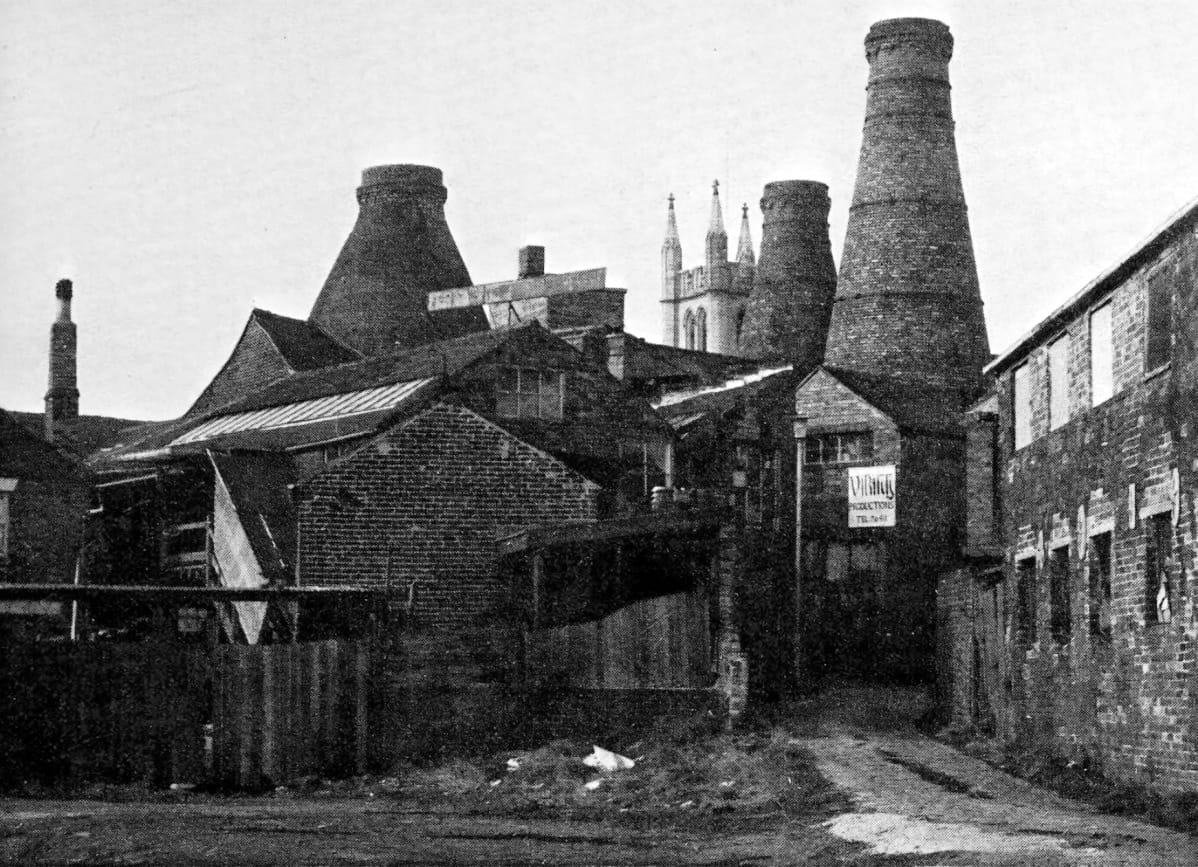
Beware the Nostalgia Trap: Honour the Past, But Don’t Live There
With so much wonderful history around us, it’s tempting to get lost in nostalgia, to idealise the “good old days” of a booming pottery industry, busy high streets, and coal fires. A popular local folk song written for the centenary, “Our Golden Age,” even wistfully laments how Stoke-on-Trent has “lost some of its heart to the modern world”. That line hits home, many of us have at times felt that pang of loss when we see an old factory chimney coming down or remember a childhood shop that’s no longer there. However, as much as we cherish our past, it’s important not to get stuck in it.
Nostalgia is a double-edged sword. On the one hand, it fosters appreciation for our heritage, which is fantastic. On the other hand, it can paint the past as perfect and the present as nothing but decline, which simply isn’t true (rose-tinted glasses, anyone?). Yes, the Stoke-on-Trent of decades ago had a thriving pottery scene and tight-knit communities, but it also had its challenges, industrial pollution, back-breaking labour, fewer opportunities for women and minorities, you name it. Every era has its pros and cons. We shouldn’t forget that. Dwelling too much on bygone glory days can make us blind to the progress and opportunities of today.
So, by all means, let’s honour our history, let’s preserve our bottle ovens, record our parents’ and grandparents’ stories of working “down the pit” or “on the potbank”, and keep traditions like making oatcakes and lobby alive. But let’s also remember that history was once the present. Those who lived in 1925 were modern and forward-looking in their time. They were adapting to new things (hey, electric kilns were once a wild innovation!). In the same spirit, we must embrace change in our era. Clinging too tightly to the past can hold us back. For instance, if we only pine for the days of massive pottery factories, we might overlook the new, smaller creative businesses and tech industries popping up now. If we insist that “nothing will ever be as good as it was”, we risk making it so by not investing in the future.
Let the past inspire us, not trap us. The centenary is the perfect time to strike that balance. When we march in the People’s Parade with banners of Josiah Wedgwood (the great pottery pioneer), we do it to draw strength from his legacy, and also to say, “Who’s the next Wedgwood among us?” When we admire old photographs of trams clanking through Hanley or miners gathering at the pithead, let’s appreciate how far we’ve come in the quality of life, even as we strive to solve today’s problems. Nostalgia in moderation is healthy; it gives us roots. But the future is where we’ll spend the rest of our lives, so that’s where our focus ultimately must be.

Onwards and Upwards: Stoke-on-Trent’s Bright Future
If this centenary has shown us anything, it’s that Stoke-on-Trent is a city with plenty of fight and hope left. The story didn’t end when the potteries started dwindling; in many ways, we’re entering a new chapter of regeneration and renewal. Over the last few years (and indeed, as part of the centenary celebrations), there have been numerous positive developments that are transforming our city for the better. It’s an exciting time to be a Stokie, not just because we’re blowing out 100 candles, but because there are so many new lights on the horizon.
Here are just a few examples of the positive strides Stoke-on-Trent is taking as we embark on our next century:
- Urban Regeneration Projects – Walk around Stoke-on-Trent today and you’ll see cranes, construction, and revitalised spaces that were derelict not long ago. Projects like The Goods Yard near Stoke Station are turning once-neglected brownfield sites into vibrant new communities. This £60 million “urban village” development will bring new flats, offices, shops, and even a green urban park to the heart of the city. Such projects not only improve the city’s look and feel, but also create jobs and boost the local economy, breathing new life into old neighbourhoods.
- Cultural Renaissance – Our city’s creative spirit is blossoming anew. Stoke-on-Trent has gained official recognition as a World Craft City, joining an international network of creative destinations. Fitting, isn’t it? The world still looks to us for craft and creativity! We host flagship arts events like the British Ceramics Biennial, which draws artists and visitors from across the globe to celebrate contemporary pottery in the very place that earned its fame. Festivals like “Stoke-on-Clay” showcase local art and craft, proving that the creative flame here burns as bright as ever. Plus, heritage sites have been reinvented as cultural hubs – the old Spode Works in Stoke town now houses studios, markets, and events, blending old heritage with new art. Our theatres and music venues are active, and there’s a palpable sense that Stoke-on-Trent is on the up culturally.
- Community and Civic Pride Initiatives – From the newly established Stoke-on-Trent Day to community-led clean-up campaigns, there’s a surge of civic pride. The centenary People’s Parade will see hundreds march through Hanley with giant puppets and banners, celebrating everything from our industrial heritage to our football clubs and diverse communities. Volunteers, local artists, businesses – everyone is chipping in to make it “absolutely incredible”. We also see ongoing investment in heritage restoration, like the refurbishments of Victorian parks and historic buildings, showing that we’re caring for our inheritance while modernising it. It’s clear that people care about this city and are willing to roll up their sleeves to keep improving it.
- Economic and Educational Growth – Stoke-on-Trent’s future isn’t just about remembering our old industries; it’s about fostering new ones. The city has been attracting investment through enterprise zones like Ceramic Valley (a nod to our roots, focusing on advanced manufacturing and innovation). Improved transport links, like the recent Etruria Valley Link Road, are unlocking land for development and connecting communities. Our two universities (Staffordshire University and nearby Keele University) are driving innovation, research, and providing skills to the local workforce. There’s a real focus on nurturing start-ups and tech companies alongside the traditional industries. All this means more opportunities for the next generation without them having to leave home, a big change from a few decades ago when many young people felt they had to move away to find careers.
All these developments point to a Stoke-on-Trent that is resilient, dynamic, and forward-looking. Sure, we still have challenges every city does. We’re working hard to improve education outcomes, health, and reduce inequalities. But the trajectory is optimistic. As we celebrate 100 years of city status, we’re not just patting ourselves on the back for what was achieved in 1925, we’re actively building the foundations for 2125 and beyond. One could say that our ancestors in 1925 passed us the baton, and now it’s our turn to run with it into the future.
In the words of our centenary slogan, Stoke-on-Trent has “100 years of strength, kindness and creativity” behind it, and those qualities will carry us forward. This centenary isn’t an endpoint; it’s a springboard. So as we raise a toast, in a locally made ceramic mug, to our city’s 100th birthday, let’s also dare to imagine the Stoke-on-Trent your children and grandchildren will inherit. With our strong community spirit, rich heritage, and renewed energy, the best chapters of our story may well be yet to come.
Happy 100th birthday duck! Here’s to a proud past, a vibrant present, and a hopeful future.
This city of ours is just getting started.

Join me on my guided history walks and talks!
